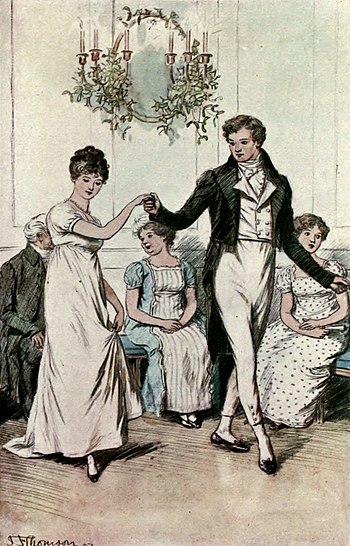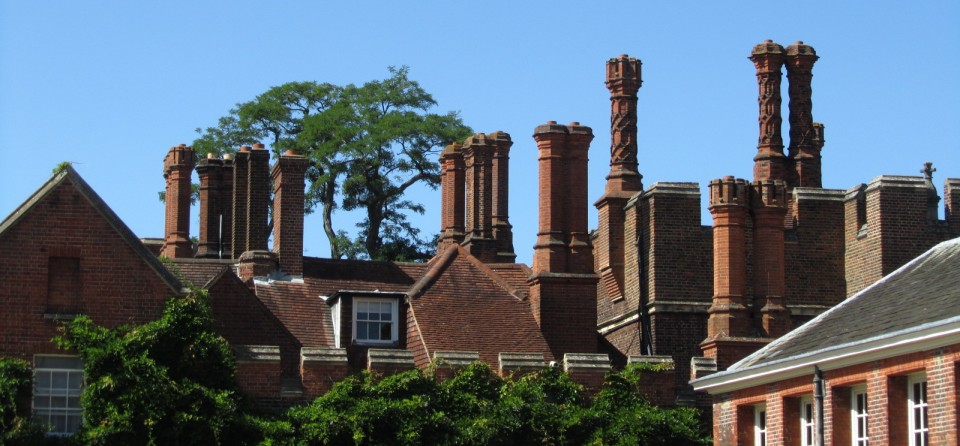Tags
When the coronavirus has put the world upside down, many a historian has been asked about the past pandemics or methods of coping with diseases and death throughout human history. I could, of course, do the same and write for instance how Thomas Babington Macaulay took laudanum against the cholera that visited London in 1849. However, after some consideration, I turned down the idea of writing about physical and emotional pain that diseases and epidemics cause. Instead, I offer you a post that bristles with joy and cheerful tunes. Thus, let’s talk about historians, dancing, and positive emotions.
Nineteenth-century historians wished to project an image of their discipline and themselves that underlined their dignity; an image that stressed historical research as serious intellectual pursuit. Hence, historians have left us abundant accounts of industrious toil, restrained emotions, declined earthly pleasures, and the physical and mental hardships they faced in archives. If these accounts are taken at their face value, historical research was a tedious endeavor that ruined historians’ health. But much of these narratives were intentional exaggerations and aimed for drawing a boundary between history as a respectable middle-class profession and history as a despicable leisure pursuit of aristocrats. Therefore, it was crucial to reject – at least in public – the delights of exuberant dinners or vacuous past time diversions such as field sports associated with the leisured classes. Dancing, most certainly, belonged to the list of prohibited free-time activities and the ever-vigilant historian Edward Freeman duly declared that he kept away from all such foolishness. Yet, there were some unruly historians who ignored the stiffness and rather preferred to enjoy the little pleasures of life they could afford with their meagre income.

One of the disobeying historians was Henry Biaudet, the director of the Finnish historical expedition in Rome just before the First World War. He was not ashamed of the long evenings in the Roman osterias with fellow historians and artists. Nor was he too afraid that a considerable consumption of cheap local wine could have threatened his reputation as an earnest historian. And what is more, he even extended the language of merrymaking to describe historical research. He, too, was familiar with the archive discourse that underlined the physical and mental strain the research in cold and damp repositories caused. He, however, substituted the rhetoric of pain and suffering every now and then with remarks that broke the pattern of solemnity and emotional restraint that was the expected norm. When research made him particularly cheerful, he availed himself of metaphors of dancing to portray his feelings.
For Biaudet, the founding of a Finnish historical expedition in Rome had been a longstanding dream and when he finally heard in October 1909 that the Finnish Academy of Science and Letters had agreed to fund the expedition, he was understandably delighted. Instead of noting the lucky event politely and calmly, he literally jumped for joy. Without even trying to hide his feelings, he burst out how he wanted to waltz around Piazza del Popolo out of sheer jubilation.
Another example of Biaudet’s uncontrolled urge to dance took place when he visited Brussels in 1910 to meet the Jesuit scholar Paolo Pierling. He had a hunch that Pierling might have copies of documents that were related to the so-called mission suetica, an attempt to strengthen the position of the Holy See in Sweden in the late sixteenth century. Once again, his intuition did not fail him and he discovered that Pierling’s private collection contained an abundance of documents that proved how the internal strives of the Jesuits had ruined the success of the mission. This prompted Biaudet to compose an animated letter to Ernst Gustaf Palmén, a professor of Finnish history. According to the letter, Biaudet struggled to maintain the composure of “a serious scholar” as was expected of him under any circumstances. As he was not so precise about rules and norms, he confessed that what he in fact wished to do was to dance a wild mazurka with every local he passed by on the busy streets of Brussels.

The letter addressed to Palmén once again suggests that historians were expected to regulate their conduct and emotions in order to uphold an image of a disengaged and serious scholar who was devoted to unearth the historical truth. Emotional outbursts or reckless behavior that violated the code of scholarly conduct undermined the epistemic authority the newly established academic discipline needed. If historians let their emotions run wild in archives, how could their histories be accounted as imparting reliable and detached knowledge? Historians, though, were only humans and beneath the calm, emotionless, and impersonal façade they energetically constructed bubbled a wide range of emotions which historical research evoked. For Biaudet, the metaphors of dance provided vocabulary for venting positive, cheerful emotions.
Sources
Henry Biaudet Papers, The National Archives of Finland
Ernest Gustaf Palmén Papers, The National Archives of Finland
The letters of Edward Freeman to Edith Thompson, Hull History Centre
*
Pinney, Thomas (ed.). The Letters of Thomas Babington Macaulay, vol. 5. Cambridge: Cambridge University Press, 1981.
